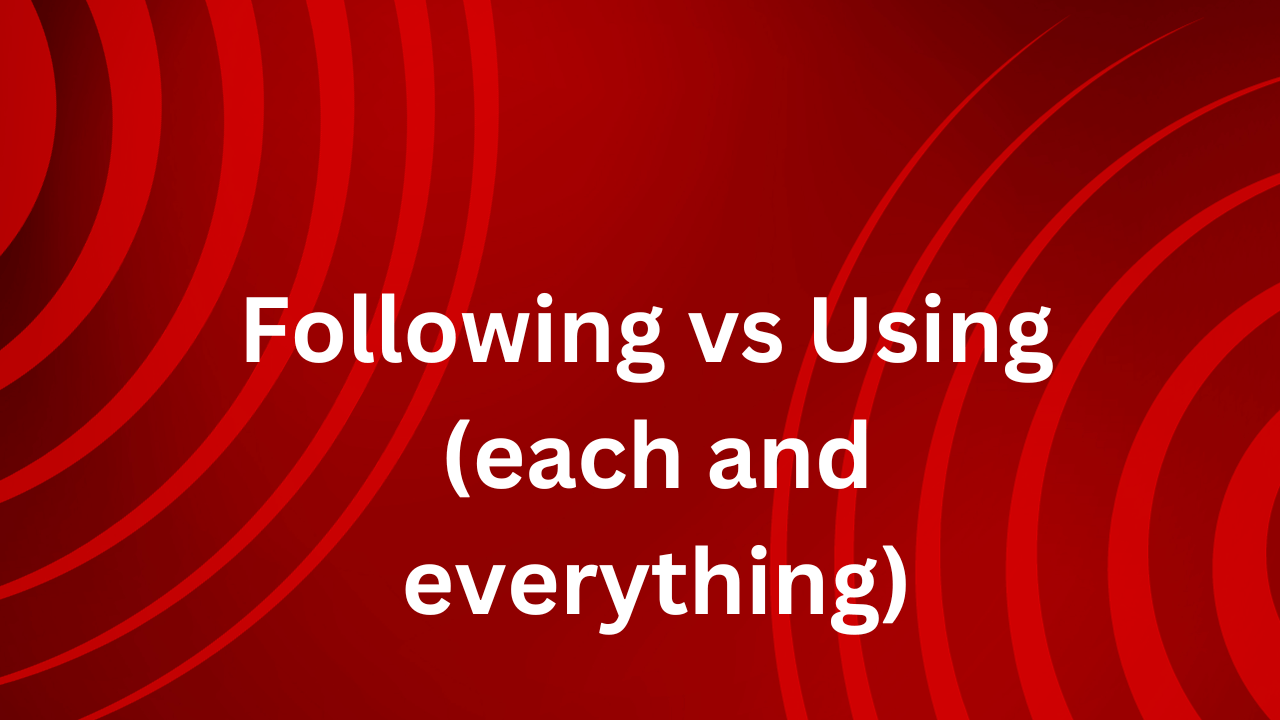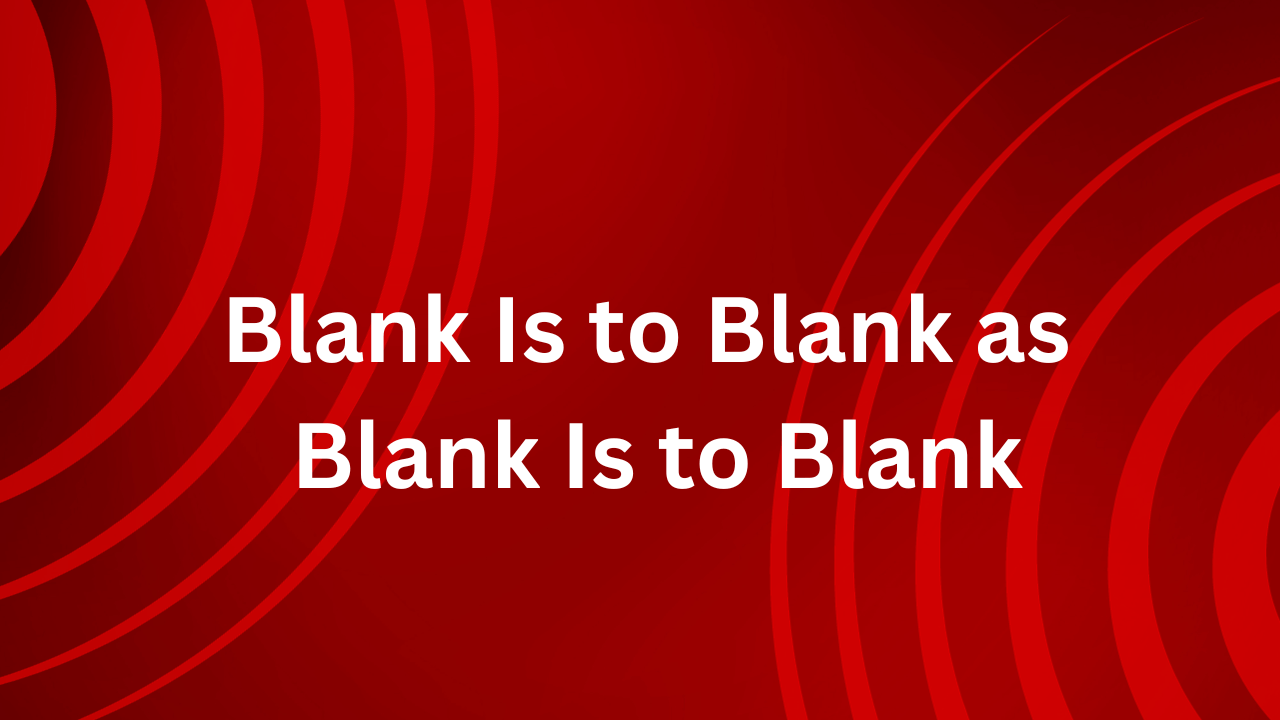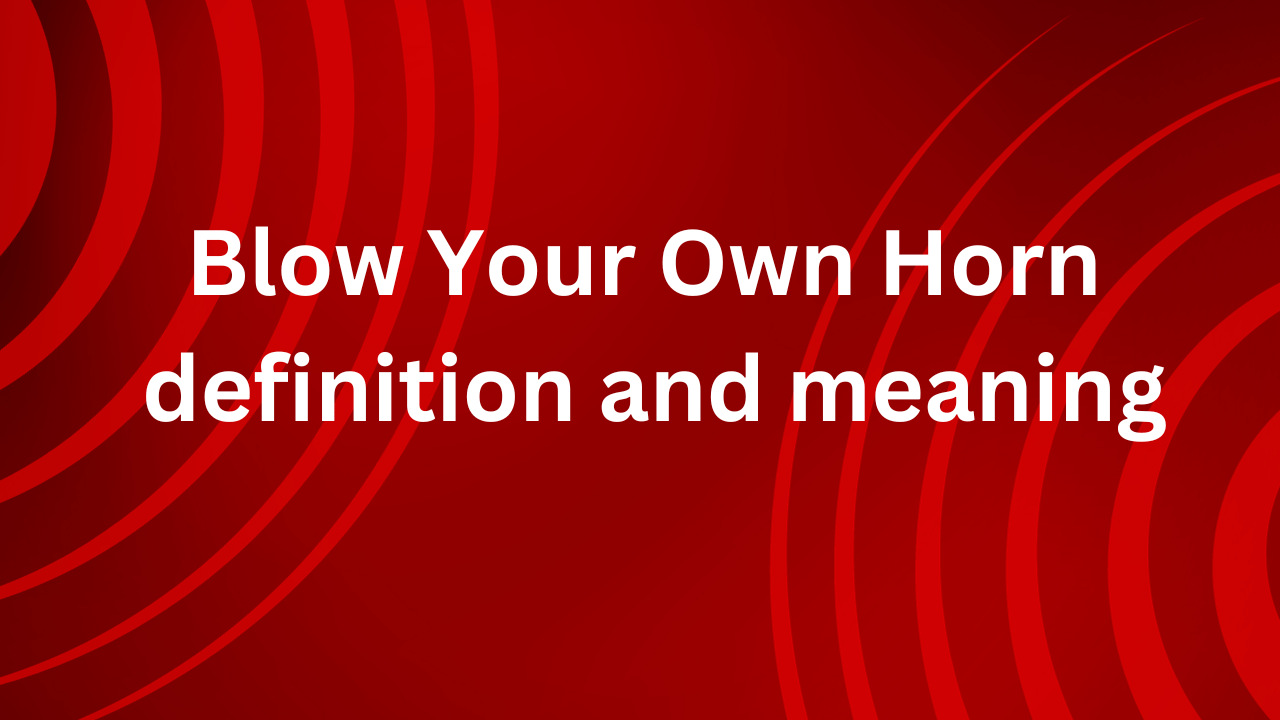Let’s have a look at Following vs. Using, In the fast-paced world we live in, the concept of action plays an important role in shaping our daily lives.
Processes provide guidelines, orchestrating activities and ensuring order in various aspects of our personal and professional endeavors.
This article sheds light on the nuances of Following vs. Using a practice, exploring their definitions, significance, and the dynamic interaction between the two approaches.
Definition of “following” an action
To follow a process is to adhere strictly to predetermined steps or guidelines.
This approach emphasizes conformance to established procedures, minimizing deviation.
Processes are ubiquitous in industries, education, health care, and even our daily routines.
Understanding “following” a process
Explaining the essence of following a process, emphasizing discipline and discipline.
-Examples of processes to follow include standard manufacturing procedures, compliance protocols, and routine administrative tasks.
Pros: Ensures consistency, reduces errors, and facilitates training. Cons: Can hinder adaptability, creativity, and responsiveness to unique situations.
Definition of “use” of a process
-Using a process involves using established guidelines as tools rather than strict rules.
-This approach encourages adaptability, which allows individuals to act according to specific needs.
-Processes are not constraints but resources to be used creatively.
“Using” a process
-Explaining the dynamic nature of using processes with a focus on flexibility and innovation.
-Examples of using a process include agile project management, creative problem solving, and adaptive leadership styles.
-Proficiency: Fosters innovation, adaptability, and problem-solving agility. Cons: Inconsistency can occur if not managed properly, requiring a balance between structure and flexibility.
Comparing “Following” and “Using” Processes
-Highlighting key differences, emphasizing the spectrum between rigidity and adaptability.
-Discuss the flexibility and adaptability of each method, describing scenarios where one method may be more appropriate.
-Considering efficiency and effectiveness in different scenarios, evaluating which method is best suited to specific goals.
Read this post also: 10 Best Alternatives Of “I Will Keep You Posted”
Contextual factors influencing choice
-Identifying factors that influence the decision to follow or use a process, such as industry norms, regulatory requirements, and organizational culture.
-Analyzing how the nature of tasks or goals affects the approach chosen, recognizing the need for flexibility in creative endeavors and stability in critical security situations.
-Recognizing the role of organizational values in shaping approaches to action, considering individual preferences and organizational culture.
Balancing rigor and creativity
-Discussing the delicate balance between sticking to a process and allowing for creative deviation.
-Examining scenarios where flexibility is critical to achieving success, emphasizing the role of innovation in process improvement.
-Exploring the symbiotic relationship between structure and creativity, highlighting the importance of fostering a culture that encourages both.
Real world examples.
-To show examples of different industries where individuals or organizations have either followed or used excellence.
-Analyzing the results and implications of each approach, highlighting success stories and lessons learned.
-Drawing insights from diverse disciplines, illustrating the adaptability of these approaches in different contexts.
Personal reflection and decision making.
-Encouraging individuals to reflect on their tendencies, assessing whether they are inclined to follow or use an action.
-Provide guidance on making informed decisions based on context and goals, emphasizing the importance of aligning action with broader goals.
-Urging readers to develop a mindset that embraces change and innovation, while discussing the importance of adaptation in today’s dynamic environment.
Conclusion:
Finally, the art of navigating the process involves thoughtfully considering when to follow it and when to use it. It is important to strike a balance between structure and flexibility,
recognizing that processes are not static principles but dynamic tools for achieving goals. By understanding contextual factors, embracing adaptability, and fostering a culture that encourages both action and innovation,
individuals and organizations can improve their approach to action. Efficiency and effectiveness can be ensured in an ever-evolving landscape.
FAQ’s:
What is the main difference between “following” and “using” a process?
The main distinction is in the approach. “Following” a process involves strictly following predetermined steps, while “using” a process involves using the guidelines as flexible tools, allowing for adaptation and creativity. It is allowed.
Can you provide a real-world example of “following” a process?
Of course. In manufacturing, assembly line procedures often require strict adherence to a sequence of steps to ensure standard production and product quality. This exemplifies the “following” approach.
How does the “use” of a process promote innovation?
“Using” a process as a tool fosters an environment where individuals can creatively adapt guidelines to address unique challenges. This adaptability encourages innovation by allowing experimentation and creative problem solving.
Are there situations where it is more beneficial to “use” a process?
Yes, scenarios that demand accuracy, consistency, and adherence to regulatory standards often favor the “Following vs. Using” approach. Industries such as healthcare, aviation and finance, where strict protocols ensure safety and compliance, are examples.
What factors should be considered when deciding whether to “follow” or “use” a process?
Contextual factors such as industry norms, regulatory requirements, nature of operations, and organizational culture play an important role. Balancing these considerations helps determine the most appropriate approach for a particular situation.
How can organizations strike a balance between rigor and creativity in their processes?
Organizations can foster a culture that values both structure and innovation. Encouraging open communication, providing opportunities for creative problem-solving, and recognizing achievements in both structured and innovative ways contribute to this balance.
Are there industries where a hybrid approach to both “following” and “using” processes is common?
Yes, industries like software development often adopt a hybrid approach. While certain steps may require strict adherence to coding standards (“adherence”), the development process as a whole encourages adaptation and iterative improvement (“use”).
How can individuals determine their natural tendency toward the act of Following vs. Using?
Reflecting on past experiences, assessing comfort levels with uncertainty, and considering problem-solving approaches can help individuals identify their natural tendencies. Recognizing the strengths of both approaches can inform a more balanced decision-making process.
Is adaptation equally important in all environments?
Yes, adaptability is a valuable feature in different environments. Although the degree may vary, the ability to navigate change, learn from experiences and adjust perspective accordingly is essential in both personal and professional spheres.
In a rapidly changing business landscape, how can organizations ensure their processes remain effective?
Regularly reviewing and updating processes, soliciting employee feedback, staying abreast of industry trends, and adopting a culture of continuous improvement help ensure processes remain effective in a dynamic environment.










